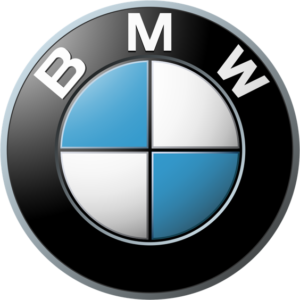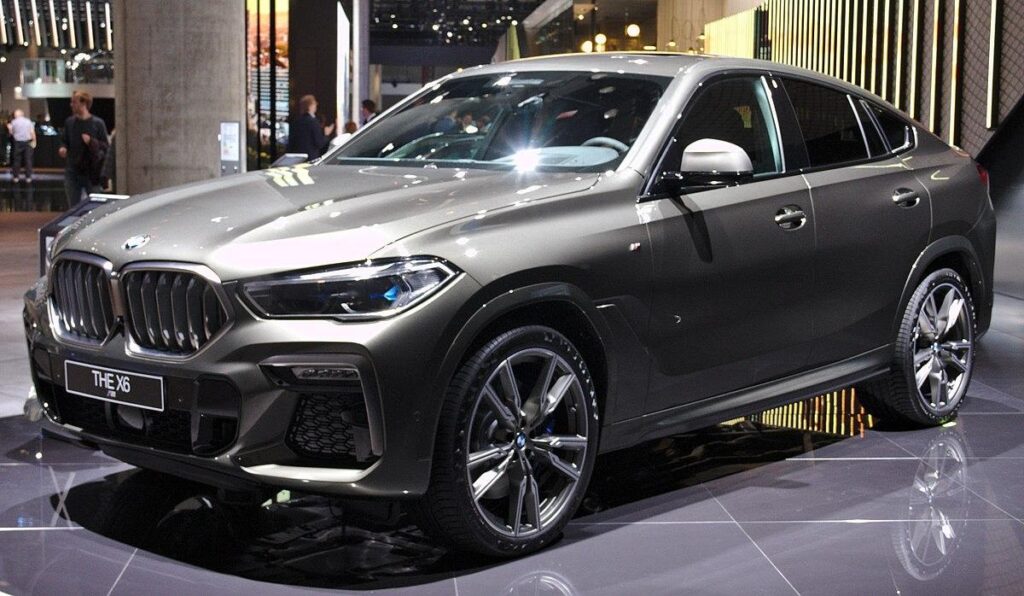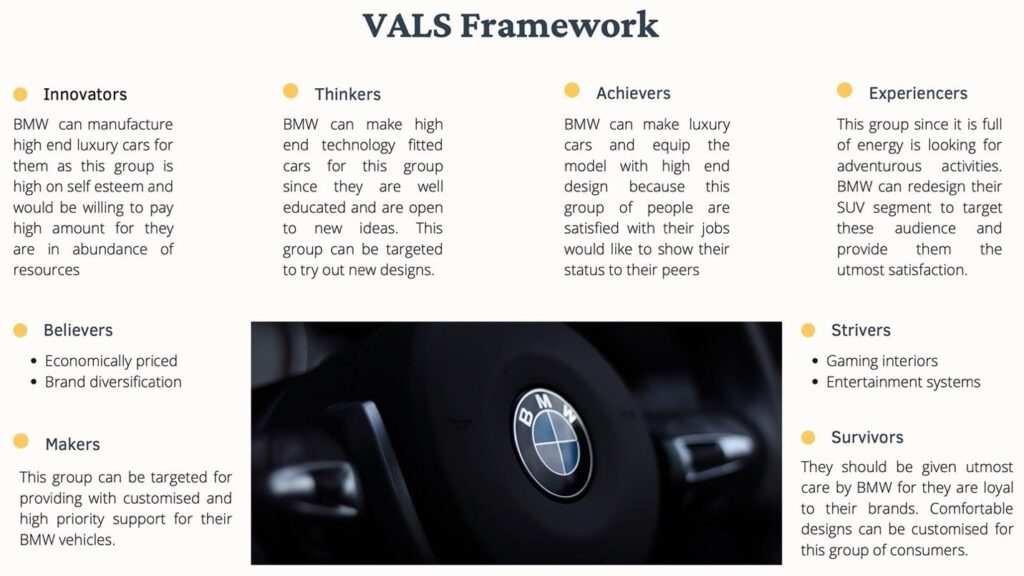Bayerische Motoren Werke, most commonly known as BMW, has its inception that dates back to the 1910s before the first world war. It started as an aircraft engine manufacturer that primarily catered to military aircraft. Post the world war, the manufacturing of aero-engines was prohibited, which led the german multinational company to shift to the manufacturing of railway brakes and the inboard engines. It was in the year 1923 where the company had launched the first motorcycle, R32, until which it was confined only to supplying engines rather than a complete vehicle. The technology that was used to manufacture the motorcycle’s engine is in use even today.


Innovation as a Vision
In the days where the changing customer needs are as rapid as ever, companies that do not consider innovation necessary are more vulnerable as they fail to develop new products. Before the company had even started producing luxury cars or even cars, innovation had always been BMWs’ forward-looking nature. This is well evident from the very first aircraft engine built by BMW, which happened to be the first aircraft engine with aluminum pistons and one that is designed for higher altitudes, unlike the others back then. Today, innovation is not only on the path to making self-driving cars or remote-controlled cars but reducing carbon emissions. Compared to the base year 1995, BMW Group Automobiles (EU-28) had successfully reduced the carbon emissions by 42%.
The Timeline of Innovations
In the year 1935, BMW not just unveiled its motorcycle models R12 and R17 but had also presented the world’s first hydraulically-damped telescopic forks. In 1936, the BMW 328 had incorporated a lightweight chassis, which again stood as a selling point for the company. BMW 502, in the year 1954, is the world’s first aluminum V8 engine for series production. Continuing the trend, today, BMW is known for the best driving machines equipped with technology that probably was never anticipated by many.
Establishment of Market Research
Market research plays a key role in making tactical decisions and strategic plans for the long-run. It captures timely, accurate, and actionable information about the happenings around them. For BMW, this dates back to as early as its inception. In 1957, when the supervisory board had appointed Dr. Heinrich Richter-Brohm, chairman of the Board of Management, his first step was to establish a market research department to conduct a comprehensive market monitoring in Germany and elsewhere.
Establishing an Identity
During the 1990s, the German company saw its growth exploding when it started targeting the professionals for whom their work mattered first and was seeking a car that spoke of their success. That’s when BMW gave them a sporty sedan with an impeccable performance. It offered the customers a brand that stood for achievement and prestige. Even today, the brand is known for its premium offerings that never compromise on quality and the desire to deliver the pleasure of driving a machine of such high innovation.
BMW is known for going into even the details that show how crucial it is for a brand to ensure customer satisfaction. With the evolving times, the vehicle’s design aspects were no longer confined to a mere aesthetics purpose but simultaneously evolved in functionality. The kidney grooves, for instance, in the current times, are equipped such that the machine opens and shuts the grills as and when it needs more air to flow inside while contributing to the aerodynamics otherwise.

BMW Positioning
BMW had never failed to evolve with customer needs and expectations. When prospective customers were looking for variety in design, size, color, and price, the luxury car manufacturer had come up with similar kinds of SUVs for the off-road enthusiasts and redesigned the sedan class segment while also making compact and less expensive 1 series. BMW’s full range of cars includes the series from 1 through 8, X Series, Z Series, M Series, Hybrids, and BMWi.
Also Read: Ferrari – The Making Of World’s Most Powerful Luxury Brand
The brand also is perceived to be providing the utmost safety. Interestingly, the BMW 7 Series 760 Li High-Security edition is among the others used for the Prime Minister of India’s mobility purposes.

Marketing Strategies
Undebatebly, one of the marketing strategies of BMW, stands to be led through innovation. The company had been continuously working towards bringing innovative products. Although initially one of the critical deliverables was the machine’s performance, it seems that the carmaker is now shifting towards a broader reach, such as giving the emotional factors and customer satisfaction equal or greater importance. The shift from ‘The Ultimate Driving Machine’ to the ‘Sheer Driving Pleasure’ reflects the same. It also no longer confined itself to catering to the ‘upper conservatives’ but diversified itself by launching BMW 1 series targeted towards the “modern day’s mainstream” segment who is family-focused and active but avoided BMWs for their premium cost.
Moment Marketing
Having the right message at the right moment is that which allows capitalization for brands these days. In simple terms, every established brand goes through a ‘now or never’ situation as the brand loyalists have been evolving and diversifying expectations. The brands are being looked for a message whenever a noticeable change occurs in the surrounding environments. BMW too has been in the news recently for its subtle way of taking a dig at its long-time competitor Merceded-Benz by shooting an advertisement with Dieter Zetsche on his retirement. It was all about thanking them for the ‘inspired competition.’ There lies a strong message in the phrase, which tells that brands need to learn from each other.
The ‘Road’ Ahead
“I firmly believe the fight against climate change and how we use resources will decide the future of our society – and the BMW Group. That is why we are taking responsibility here and now and making these issues central to our future strategic direction. This new strategic direction will be anchored in all divisions – from administration and purchasing to development and production, all the way to sales. We are taking sustainability to the next level.”
–Oliver Zipse
Chairman of the Board of Management of BMW AG
A brand is looked upon for not just delivering value but also acting according to the environment’s changes. While it is needless to elaborate on the climate change that the planet is undergoing, every firm has an extra responsibility of delivering products sustainably. While the past decades have been mostly taking from the earth, it became crucial today to ‘Giving back to the planet,’ leaving a better place for generations to come.
To achieve the same, the 20.52 billion US dollar valued brand had set for itself a clear target to reduce the CO2 emissions per vehicle by at least a third of what it is now. Having lowered the emissions per vehicle by 60% since 2006, the firm is now looking forward to taking the figure to 80% from the 2019 levels by 2030. The company is also looking into high-voltage batteries to cater to the electric vehicle segment.
While BMW does stand to fulfill the “Sheer Driving Pleasure,” the strategies and offerings by the brand have the ability to not just provide the pleasure out of driving its machines but driving the passion into people, inspiring them towards success and achievement.
To read more content like this, subscribe to our newsletter.



